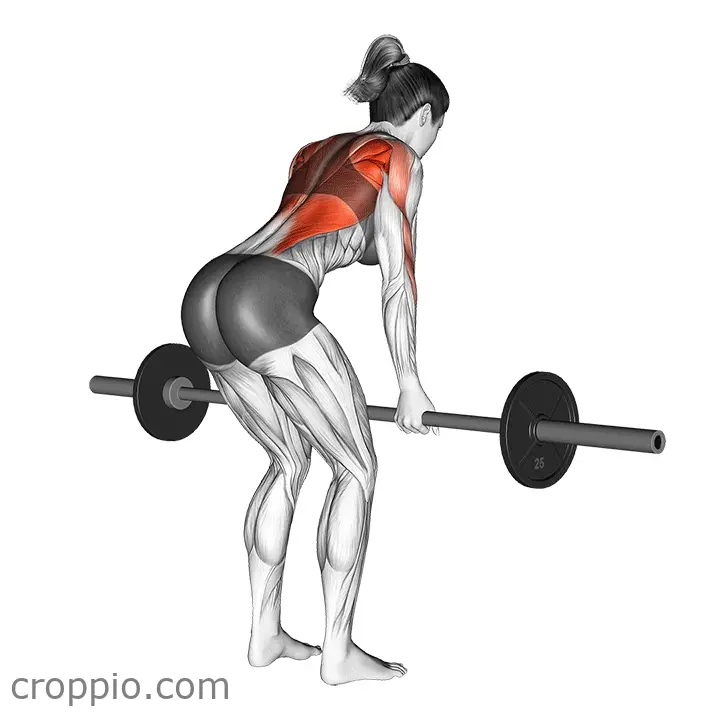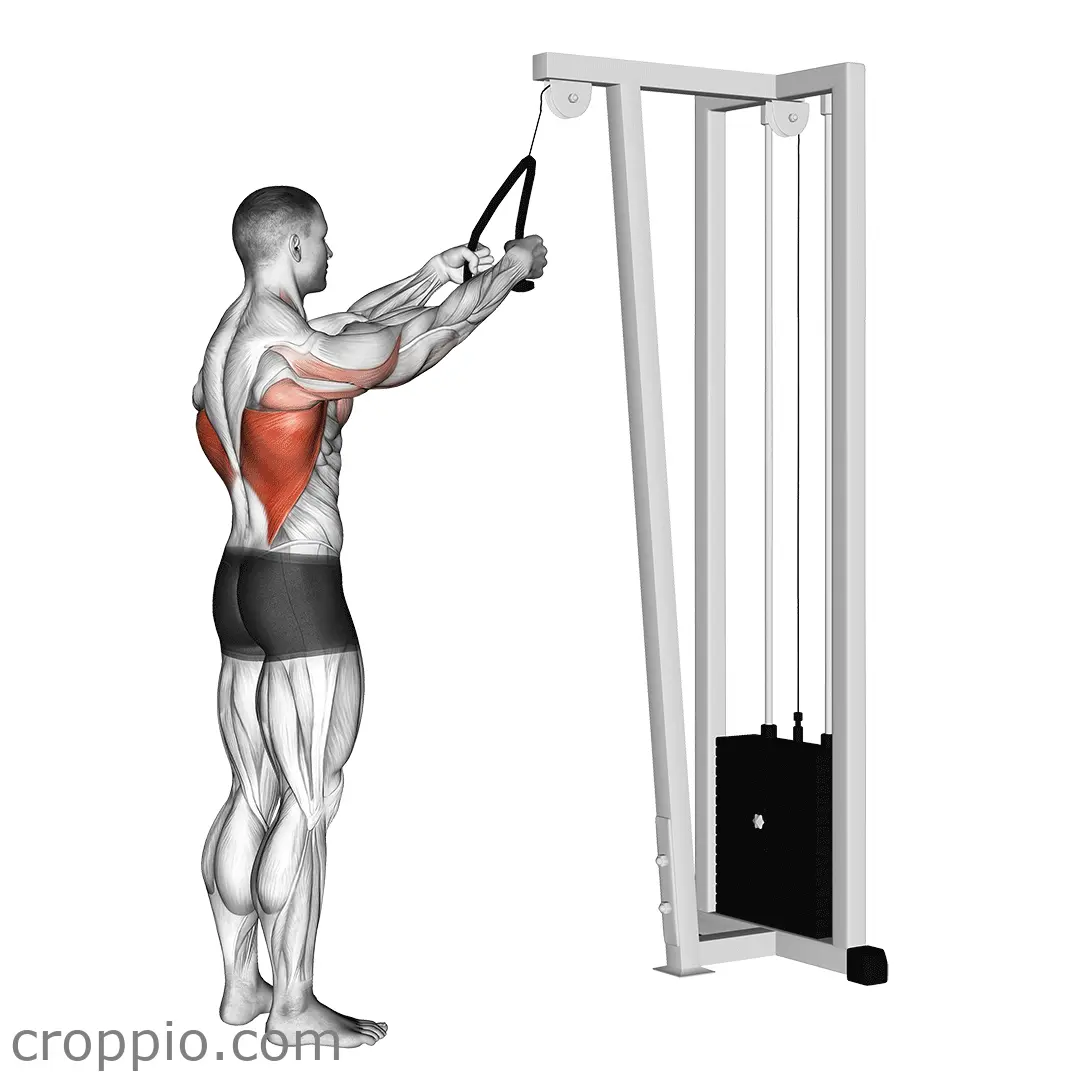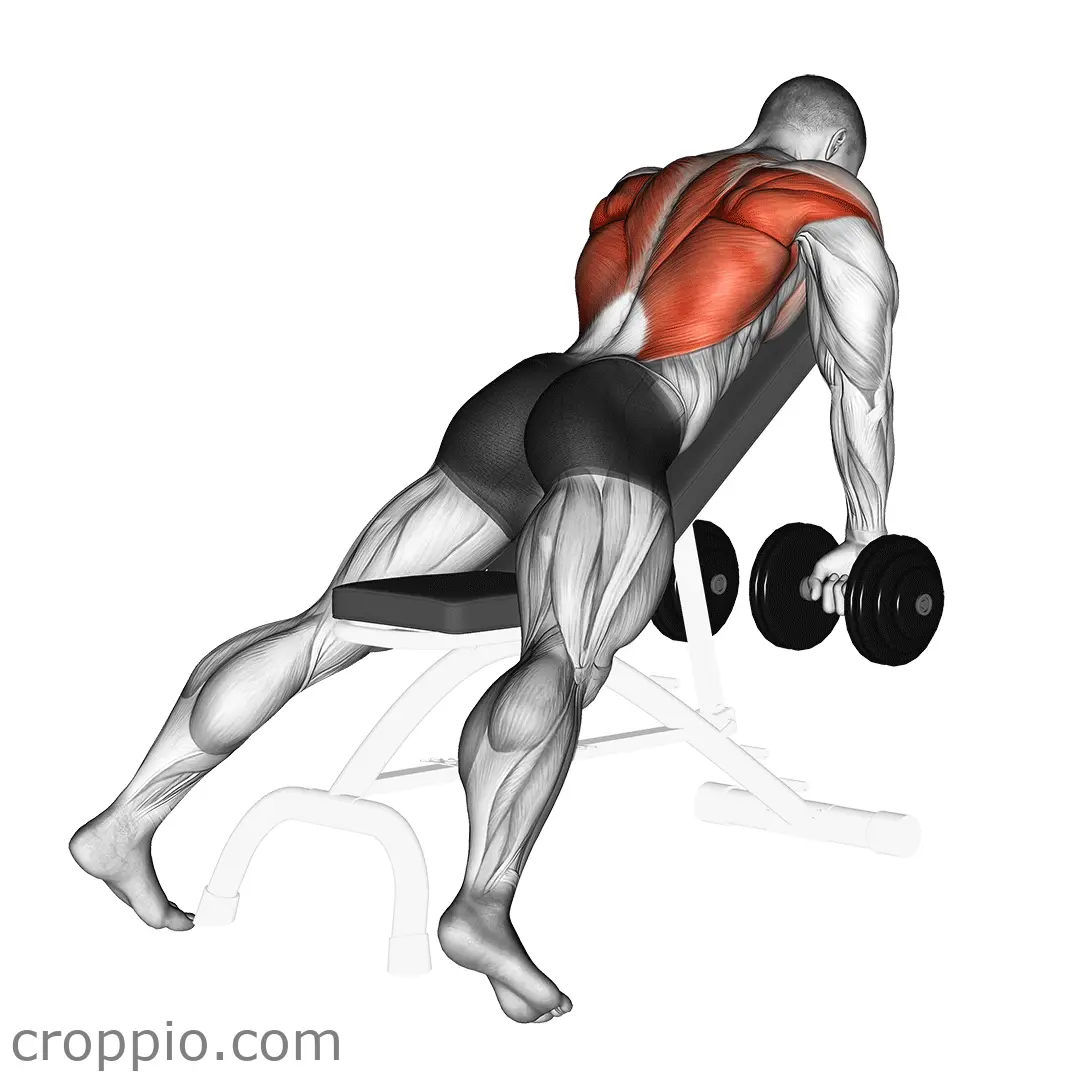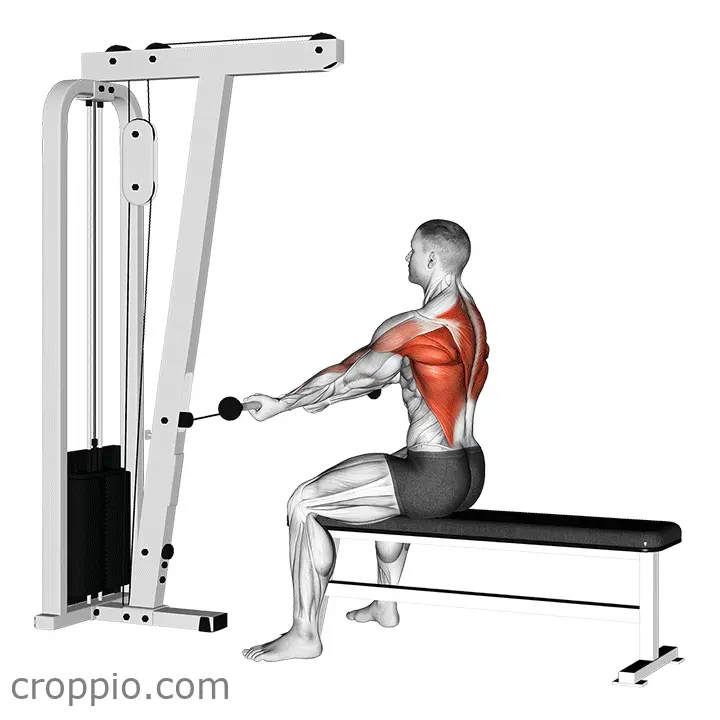Standing Cable Row

Muscles Involved
The standing cable row primarily targets the muscles of the upper back, including the latissimus dorsi, rhomboids, and trapezius. As you pull the cable toward you, the rear deltoids and rotator cuff muscles also engage to stabilize the shoulder joint. Additionally, this exercise demands core activation, as the abdominal muscles work to maintain an upright posture and provide stability during the movement. Overall, the standing cable row offers a holistic approach to strengthening both the back and the core simultaneously.
Top Mistakes
- Not Using Proper Posture: Failing to maintain a neutral spine can lead to injury and ineffective muscle engagement.
- Overpulling with Arms: Relying solely on arm strength instead of engaging the back muscles can diminish workout efficacy.
- Incorrect Cable Height: Utilizing the wrong cable height can result in improper movement patterns and strain on the shoulders.
- Holding Breath: Holding your breath during the movement can lead to decreased oxygen supply and decreased performance.
Execution Tips
- Setup: Position the cable pulley at waist height, and stand with your feet shoulder-width apart, knees slightly bent.
- Grip: Use a neutral grip on the handle or a bar, keeping your hands parallel to each other.
- Engage Core: Before starting the movement, tighten your core to support your spine and maintain stability.
- Pull with Intent: Focus on drawing your elbows back, squeezing your shoulder blades together, rather than just pulling with your arms.
- Control Return: Allow the cable to return slowly while maintaining tension, ensuring that you don’t lose control of the movement.
Workouts
The standing cable row can be effectively incorporated into a full-body workout or a back-focused session. Aim for 3-4 sets of 10-15 repetitions, allowing adequate rest between sets. For complementary exercises, consider pairing the cable row with exercises such as pull-ups, bent-over rows, or face pulls to target similar muscle groups. This approach helps build overall back strength and muscle balance.
Conclusion
The standing cable row is an effective exercise for strengthening the upper back while engaging the core. By focusing on proper form and technique, individuals can avoid common mistakes and maximize the benefits. Integrating this exercise into your routine supports better posture, enhances upper body strength, and contributes to overall functional fitness.



